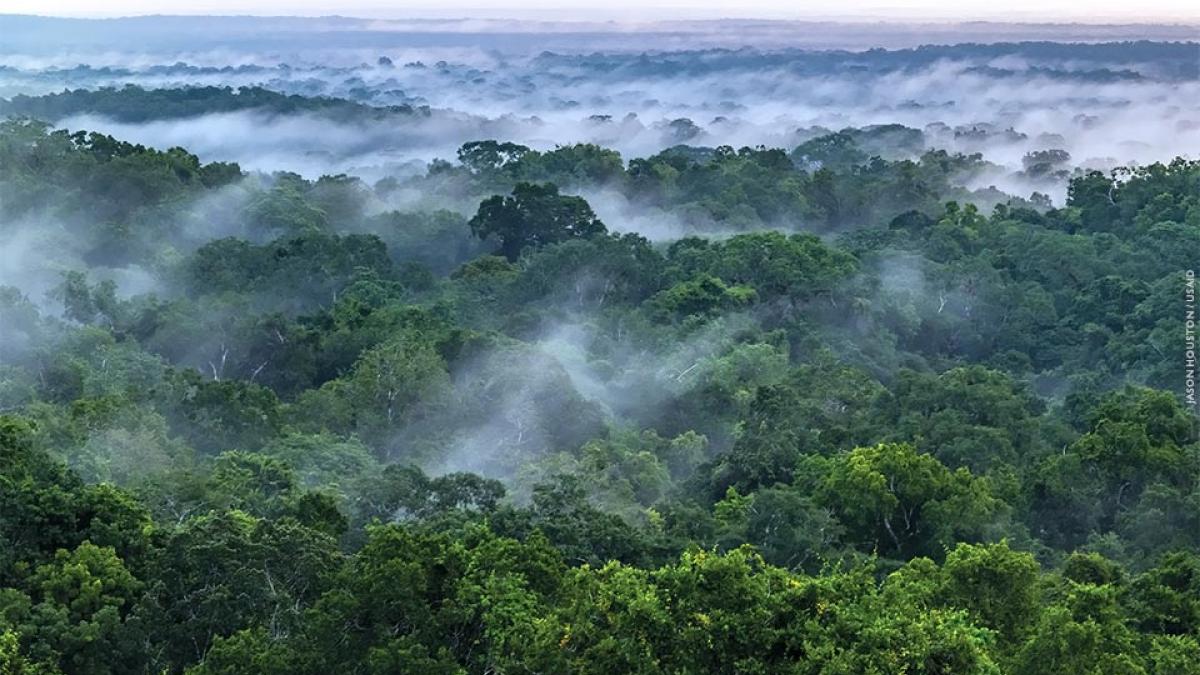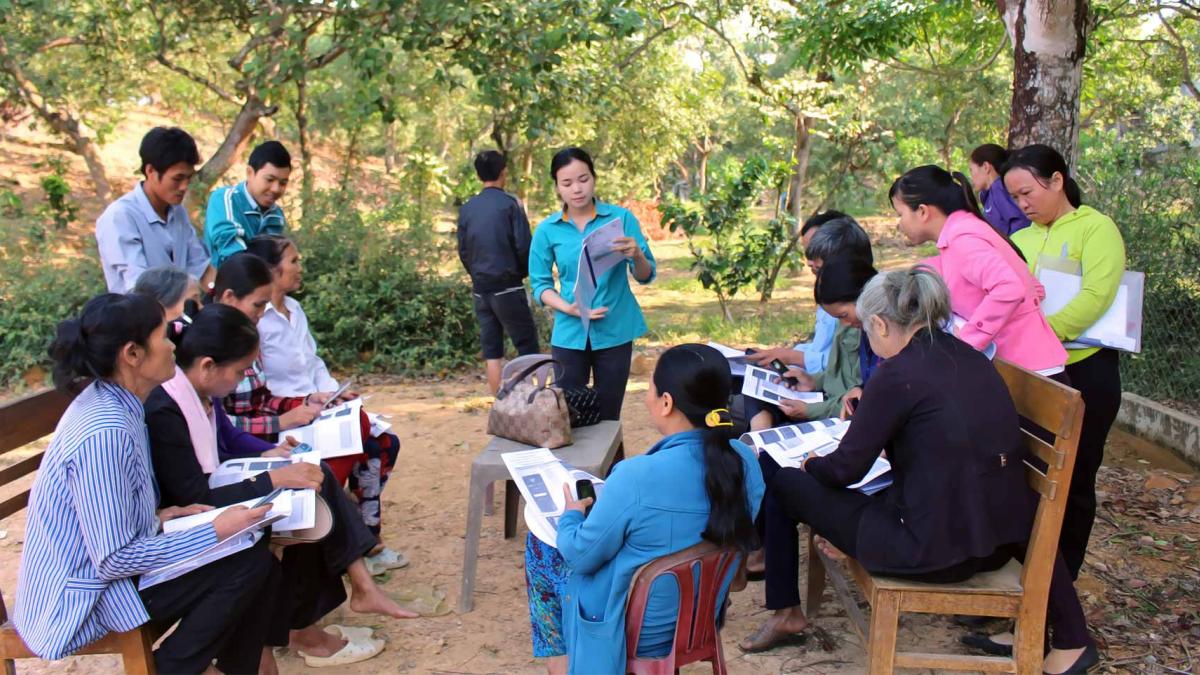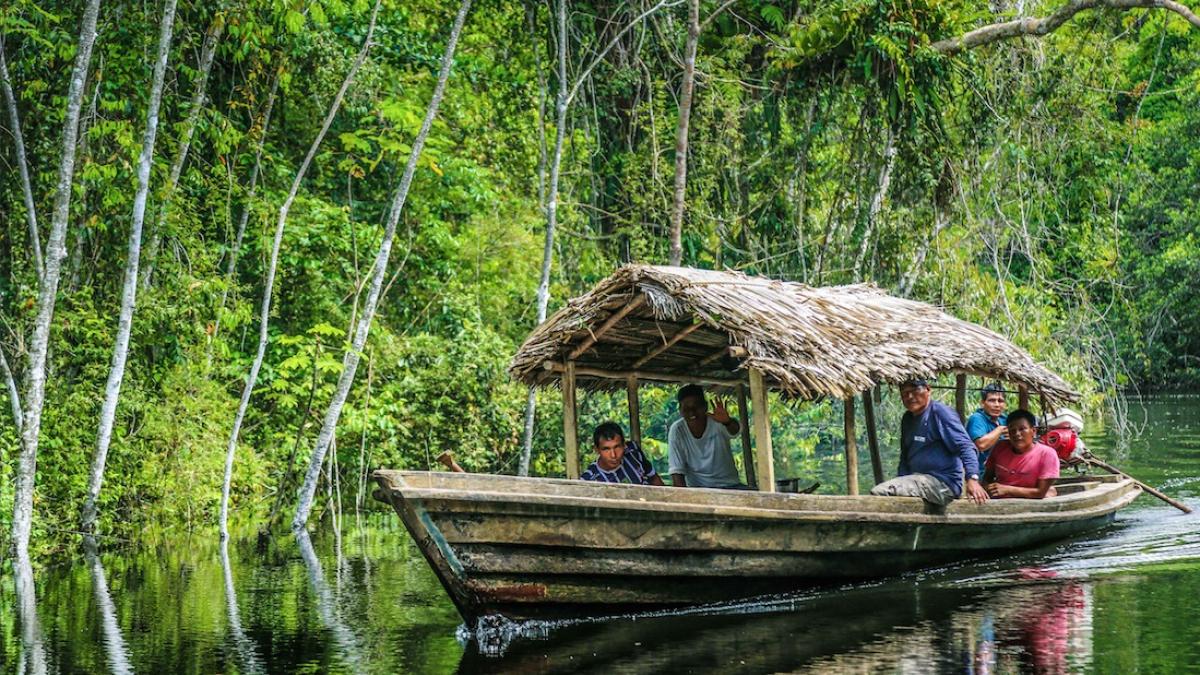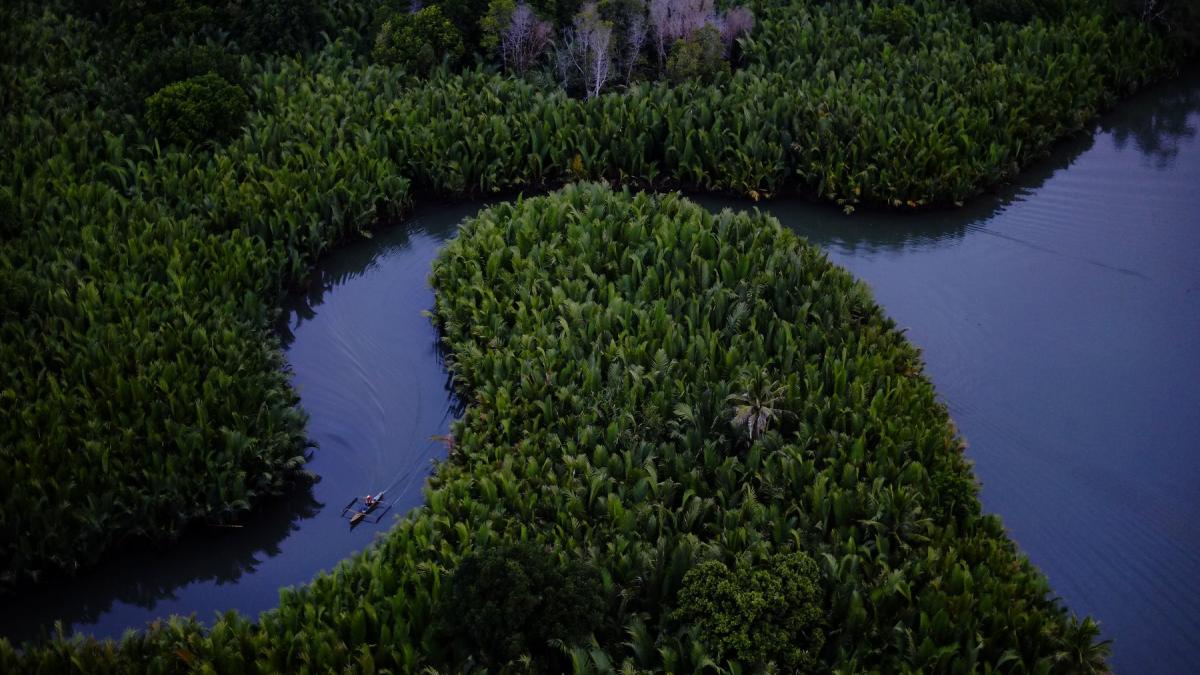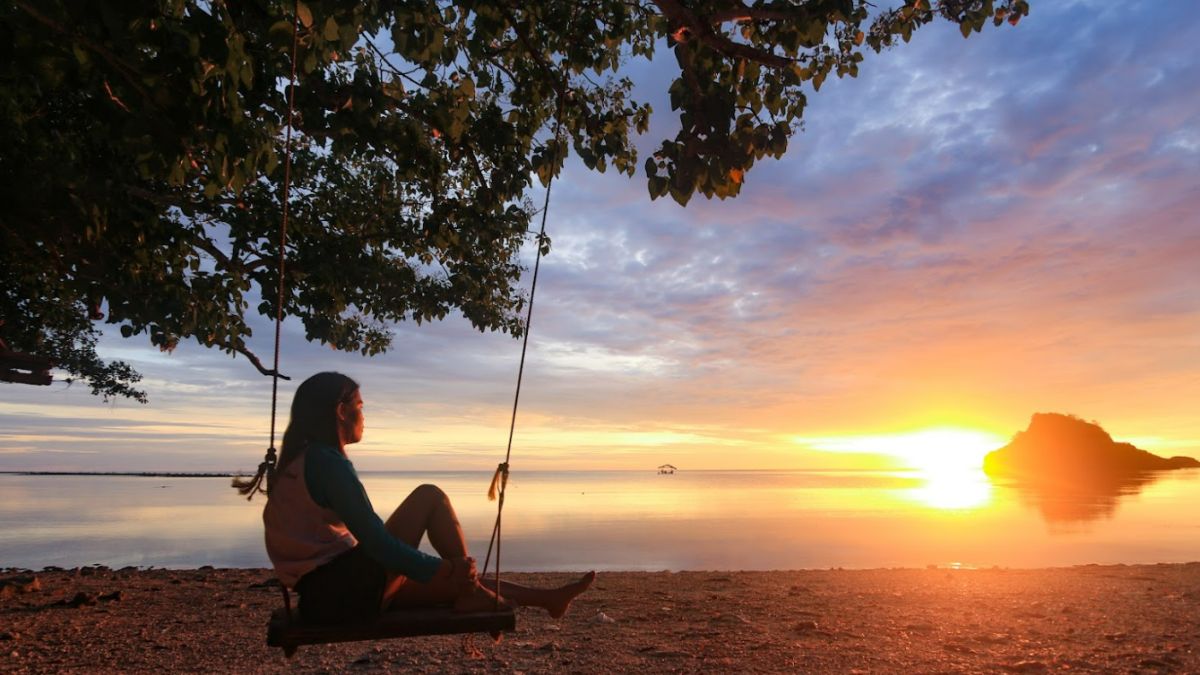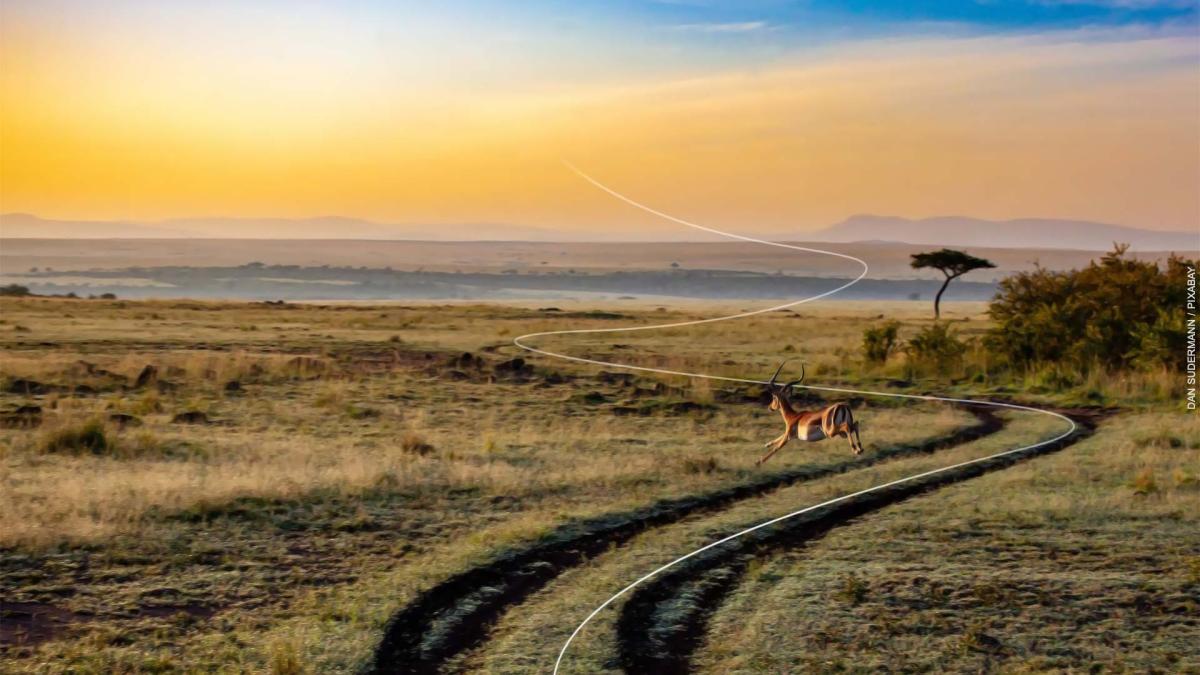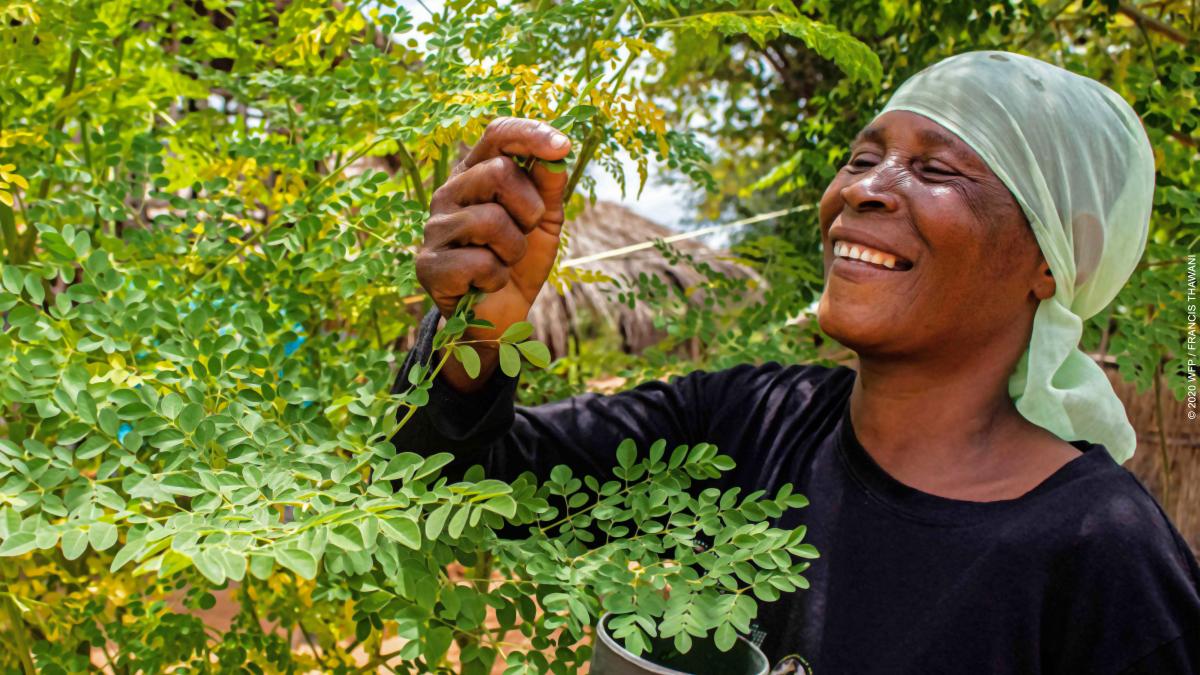Natural Climate Solutions
Combating Climate Change Through Forests and Land
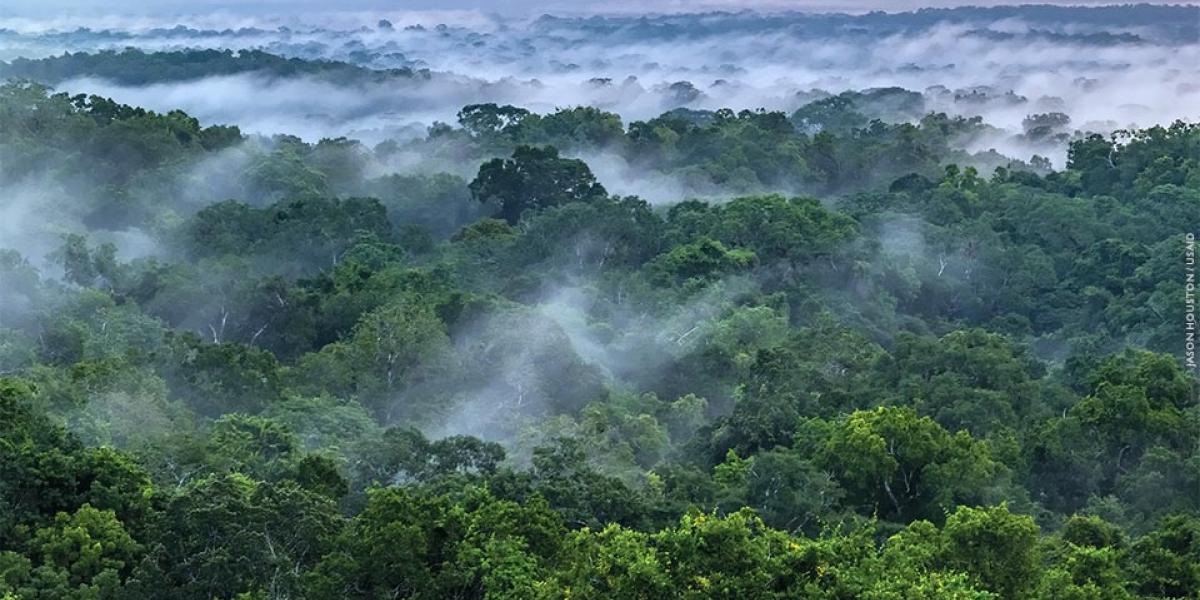
Featured Story
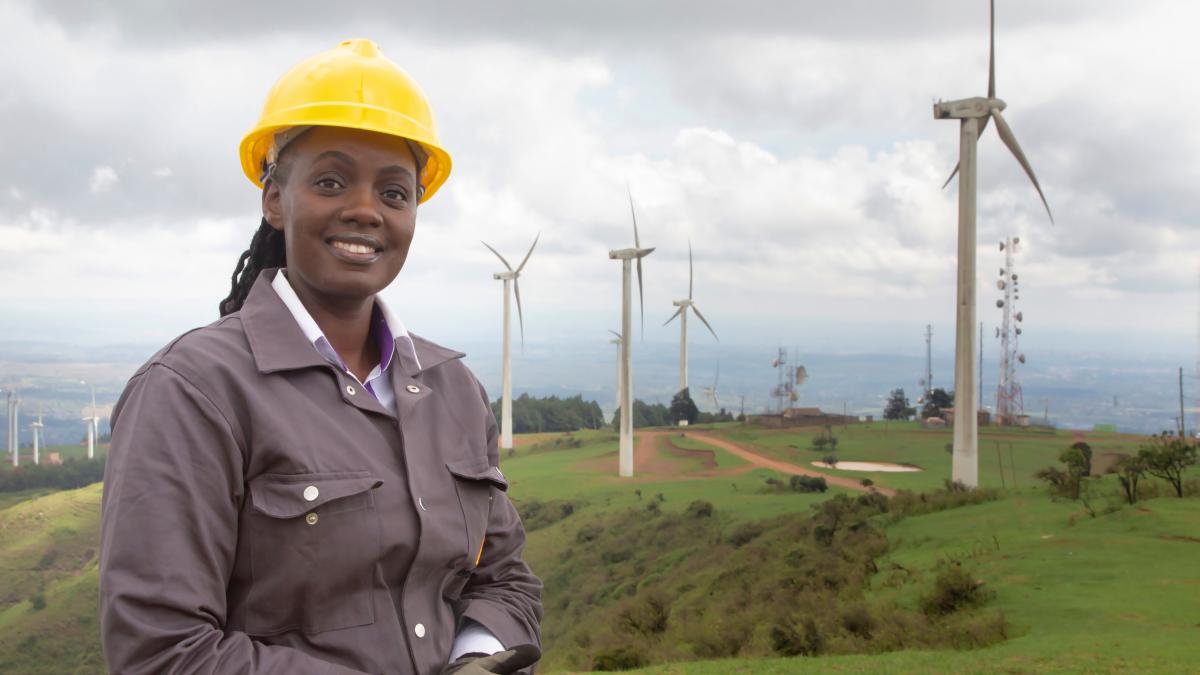
The land sector is critical as both a source of emissions and as a climate change solution. Deforestation, unsustainable land management, and land degradation represent nearly a quarter of global greenhouse gas emissions and nature is currently the only mechanism we have to capture and store carbon at scale. Unsustainable land use often results from agricultural expansion and poor agricultural management, illegal logging, damaging charcoal and timber production, and insecure land and resource rights.
About a third of the world’s people have a close dependence on forests and forest products. Around the world, healthy forests provide food, jobs, clean water, and resilience to climate-related shocks while storing carbon. By investing in forest conservation, management, and restoration, USAID is reducing emissions, protecting important carbon sinks, providing economic benefits for future generations, and helping build a sustainable and resilient future for people and nature.
USAID implements this work—referred to as Natural Climate Solutions—through “sustainable landscapes”-funded programs.
Our Approach
USAID helps partner countries conserve, manage, and restore globally important forests, as well as mangroves, wetlands, peatlands, and agricultural lands. We do this by mobilizing finance for nature, improving laws and governance, building institutional capacity, making information accessible, advancing equity, and supporting improved landscape management and planning. Sound management of environmental and natural resources is integral to a country’s development and resilience. USAID’s approach promotes systematic, landscape-wide solutions.
USAID has worked with more than two dozen countries to conserve, manage, and restore forests and other landscapes through bilateral, regional, and global programs. Through global programs such as SilvaCarbon and SERVIR, more than a dozen countries are better able to monitor and manage their forests. USAID programs also help partner country institutions build better systems to conduct forest inventories and measure, report, and verify carbon emissions. Natural climate solutions such as mangrove and forest conservation and restoration and climate-smart agriculture are an important bridge between global climate change mitigation and local adaptation goals.
Since 2016, USAID has mobilized more than a half billion dollars of private investment in sustainable landscapes programs, including performance-based “payment for ecosystem services” programs. In some cases, businesses pay landowners or communities to protect their forests to secure ecosystem services such as a sustainable water supply. Other programs generate carbon credits that can be sold domestically or on the international, voluntary carbon market. A third party certifies that greenhouse gas emissions were avoided or additional carbon stored as a result of the landowner’s or forest community’s conservation actions.
USAID’s Climate Strategy includes a target to conserve, restore, and manage 100 million hectares of critical landscapes—an area more than twice the size of California—by 2030. This, along with USAID’s clean energy programs, will contribute to our goal of mitigating six billion metric tons of carbon dioxide equivalent by 2030.


